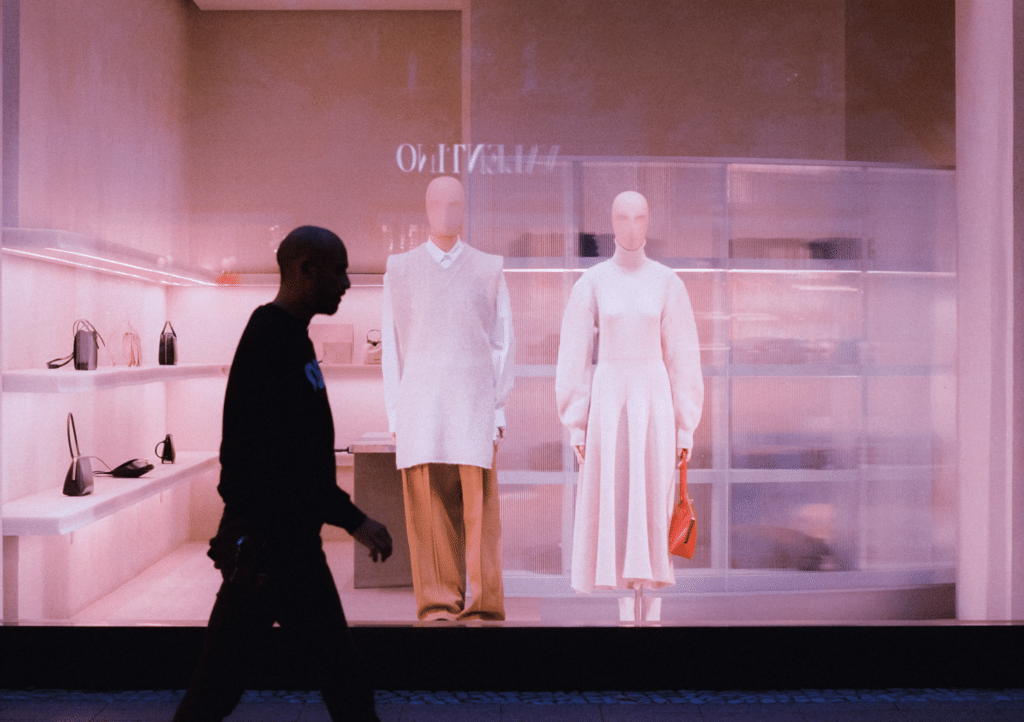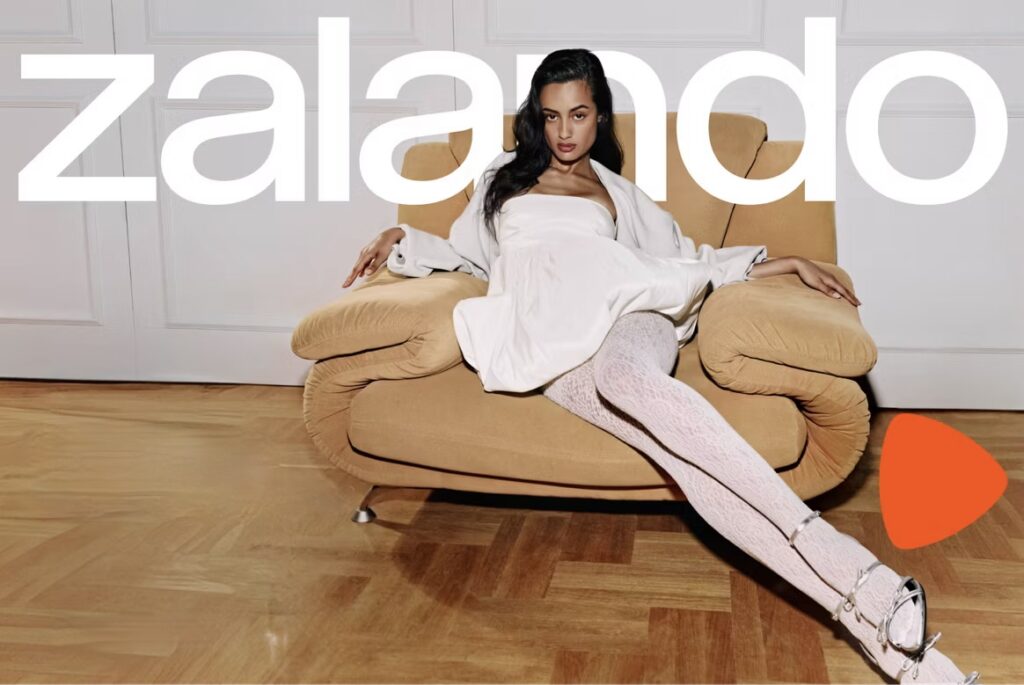Ahead of Riccardo Tisci’s debut later this month, Burberry is making its presence known. The British brand – and its spanking new Peter Saville x Riccardo Tisci-created monogram – has popped up across the globe. It is on beaches in New York (Burberry took over Sunset Beach on Shelter Island with branded umbrellas) and the facade of the brand’s Cheongdam-dong, Seoul flagship, a 13-story outpost known for its gabardine plaid-inspired exterior. Cable cars in Hong Kong are wrapped in the new print, while a giant inflatable teddy bear is decked out in the Burberry monogram beside the Xintiandi Taiping Lake in Shanghai.
New locations and imaginative uses of the Thomas Burberry print, as it is called, are being rolled out by the day in an aim to build hype for the brand’s upcoming runway show and collection, Tisci’s first since jumping ship from LVMH-owned Givenchy to Burberry early this year.
More than merely serving as an sure-fire Instagrammable marketing stunt, though, Burberry’s world domination by logo has another – and maybe even more important – aim: A legal one.
Burberry has been using its name for more than 150 years in connection with outdoor attire, ultimately building out a global empire of fashion, accessories, and cosmetics. Such consistent and expansive use of its name – whether it be in ad campaigns, in connection with seasonal runway shows, on store fronts all over the world, and its products, themselves – has meant that Burberry has amassed significant rights in its name. The same goes for its trademark-protected “check” print, which has come to serve as an indicator of the Burberry brand in the minds of the average consumer.
Such identification-by-logo is at the core of trademark law. Names, logos, and in some cases prints and colors, are affixed to products and services to enable consumers to easily identify the source of the product/service. With that in mind, in the U.S. and many other countries (save for China, most notably), trademark rights are gained by actual use of a trademark, and are dependent on consumers being able to recognize a trademark and tie it to a single source.
 images: Burberry
images: Burberry
These rights are jurisdiction specific, meaning that in order to claim trademark rights in the U.S., you have to use your mark in the U.S., the same goes for other countries.
Back to Burberry. The Thomas Burberry print is new – it has just barely been a month, in fact, since it was unveiled. That means, as of now, the level of consumer recognition associated with the print is low and Burberry must get consumers acquainted with it in order to reap the benefits of trademark law. By putting up large-scale monogrammed campaigns in cities around the world, the brand is – intentionally or otherwise – doing just that. It is laying the foundation to claim rights in that monogram on a grand scale.
For the legally minded, putting the monogram on a billboard or cable car, i.e., using it in a promotional way, would not likely be considered sufficient “use” in connection with the sale of goods. However, in accordance with the Lanham Act (the central trademark statute in the U.S.), “use in commerce” for services – such as retail services – occurs when the mark is used on promotional materials and the services are rendered in commerce. So, Burberry is almost certainly on its way to amassing rights in that sense.
In short: There is more to Burberry’s tour de monogram than meets the eye.











